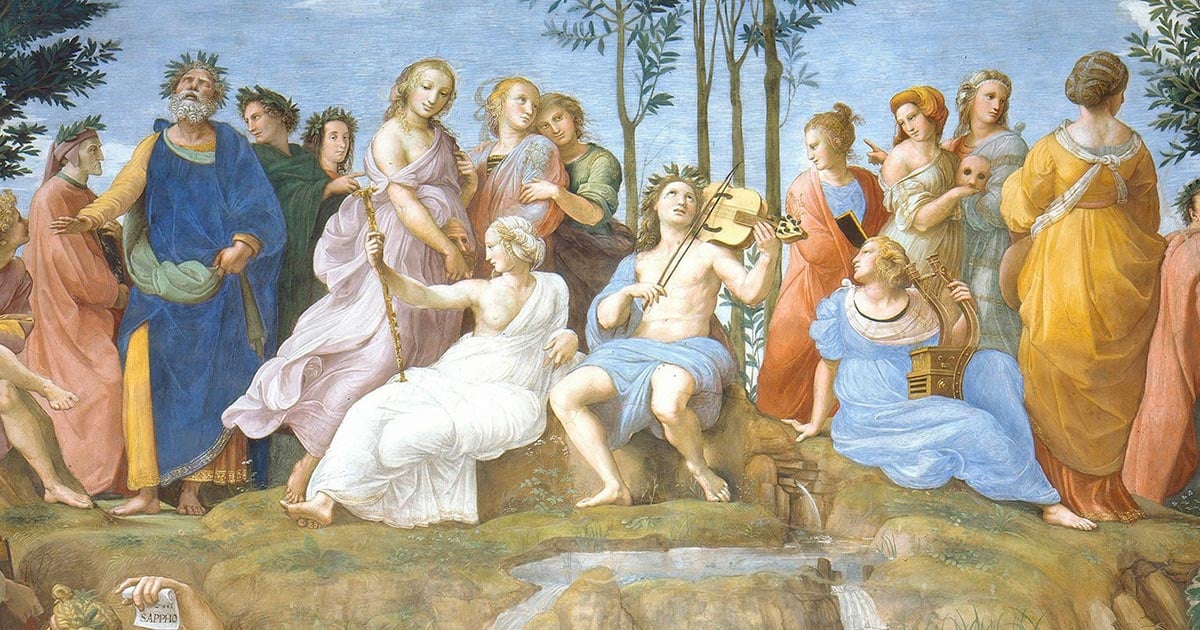

He likens the introduction of AI to that of early photography. “Progress for each image comes from many, many iterations, back-and-forths, detours, and hours, sometimes days, of teamwork - all on the back of years of advancements in machine learning.” What’s more, the best applications are not the result of typing in a single prompt but of “very long conversations” between humans and machines. Kelly has spent six months playing with generative AI tools and contends the artistic process changes, and is enhanced by, collaboration with AI tools. Kevin Kelly, the founding executive editor of Wired, also predicts that not a single human artist will lose their job because of this new technology.Īrtists are embracing AI as a “co-creator” in artistic creation not least because the role of the human as creator is not undermined by machine automation. Soon, these engines will transform how we design just about everything. We become almost a part of the installation, adopting the position of a traditional muse, but always retaining our power to move freely and gaze at the piece as we desire.READ MORE: Picture Limitless Creativity at Your Fingertips (Wired)Īrtificial intelligence can already make better art than most humans. We are irresistibly drawn to look at ourselves within the infinitely sparkling reflections, unable to separate ourselves as viewer of the art from the object that we are viewing. Kusama’s Infinity Mirror Rooms further play upon the subject/object dichotomy, as those who walk through cannot photograph the art without themselves in the frame. She becomes both the inspiration for the art but also the viewed image, inviting viewers to look at her body, sometimes nude, but always retaining her own power as creator of the image itself. Yayoi Kusama does something similar by casting herself in her artwork as both subject and object. “The male gaze is cancelled out here as women take the nude for themselves” The subject I want to know better.” Kahlo ascribes to herself a unique power, reclaiming her image and drawing creative inspiration from within herself. In her self-portraits, Frida Kahlo creates herself as her own muse. Whilst male-dominated art history has moulded the muse into a powerless figure, modern female artists are fighting back to reclaim her and to restore her creative power: they are repositioning themselves as subjects and calling attention to the paradox of the subject/object dichotomy that has defined the muse throughout history. In her own poetry, Sappho presents women as subjects, and yet she herself has become a story and an object through history’s interpretation of her: the patriarchal myth surrounding her life all too often overlooks Sappho’s own subjective creativity. Indeed, it is Ovid’s version of Sappho that influences how so many people think of her today: the love-sick girl who threw herself off a rock to her doom, because of her overwhelming love for Phaeon.

She becomes an object of poetry, rather than a poet. In the passive understanding of the muse, this limits Sappho to an object for male writers to exploit. She is still an inspiration to the male creator, but inspires as a powerless object, as an emblem of idealised female beauty, rather than an active creator in her own right.Įven Sappho, the most famous female poet from antiquity, has been named as the tenth muse. She becomes another part of their creation as they begin to appropriate her, so that our modern understanding of the muse is a passive and objectified woman. However, as male writers and artists begin to shape their own creations, they also shape the muse herself. The notion of the ancient muses seems to enable female creativity: the muses are goddesses, who, in turn, inspire others to create art.

There is, then, a paradox at the heart of the concept of the muse. “Modern female artists are fighting back to reclaim her and to restore her creative power” Traditionally, a muse is always a woman, and the creator who uses her for his art is a man. And yet, when we think of a muse today, we most often picture a passive, reclining female model she is powerless, perhaps nude, and posing silently in front of a man. This seems to suggest that they are meant to be active subjects, creators rather than crafted objects. In ancient Greek mythology, the nine Muses were goddesses who inspired the creation of the arts, literature, music, and sciences. Female creators have long had a complicated relationship with the figure of the muse.


 0 kommentar(er)
0 kommentar(er)
